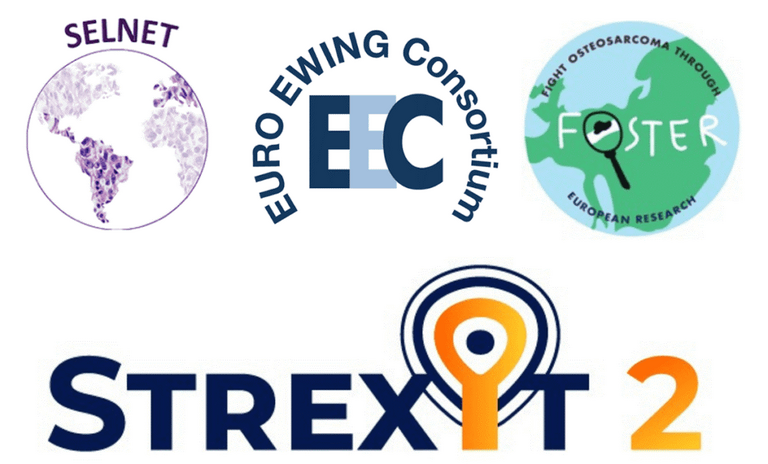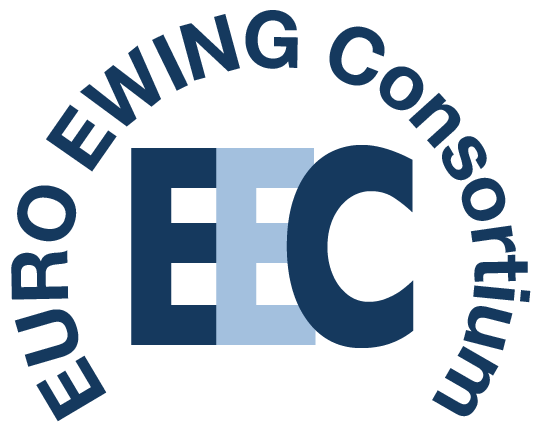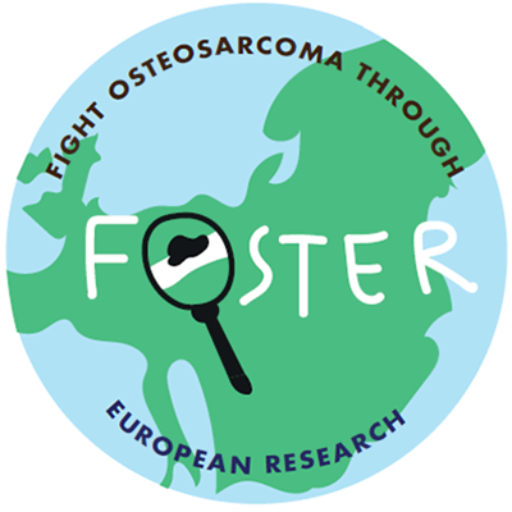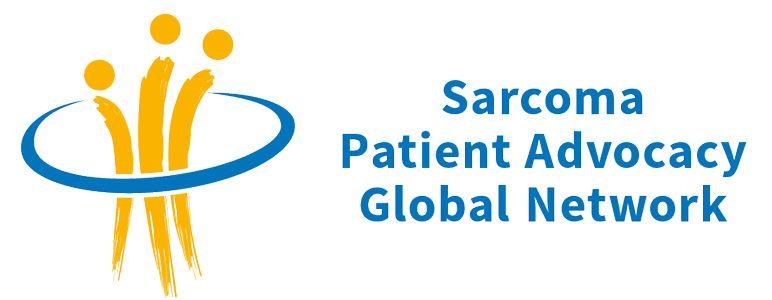Involvement in EU Projects: SPAGN’s Collaborative Initiatives


SELNET
Sarcomas are a heterogeneous group of life-threatening rare solid malignancies affecting soft and bone tissues, representing 10% of rare tumors and around 2% of adult tumors, with an incidence of 5.9/100,000/year in Europe. Appropriate management of sarcoma patients is hindered by the absence of referral policies to reference centers (RCs), incorrect or delayed diagnosis, non-adherence of therapies to clinical practice guidelines (CPGs), and lack of expertise by practitioners, which increases the risk of relapse and death. These problems worsen in the Community of Latin American and Caribbean States (CELAC) due to the scarcity or complete unavailability of RCs, expert pathologists, multidisciplinary tumor boards (MTBs), new cancer drugs, clinical trials, patient registry data, and financial resources.
MISSION
Hence, the SELNET project seeks to create a European and Latin American multidisciplinary network of clinical and translational specialists to improve diagnosis and clinical care in sarcomas, with the aim of validating a collaborative model replicable in other rare tumors and in other countries.
Recognized cancer centers and research groups of Spain, Italy, France, Mexico, Brazil, Argentina, Costa Rica, and Peru will contribute to better rare cancer care by fostering RCs, healthcare barrier analysis, CPGs, and medical education as key improvement drivers.
VISION
The core of the research work focuses on improving diagnosis and prognosis of adult sarcoma patients through the creation of pathological diagnosis networks, MTBs, the conduct of an international registry-based observational study to assess clinical management quality and prognostic factors, and the implementation of an strategic translational research program to develop intercontinental sarcoma biobanks, preclinical models, and a translational study with drugs in rare adult sarcoma subtypes.
VALUES
- Oriented to the patient.
- Multidisciplinary approach.
- Implementation of national and international cooperation.
- Translational development.
- Search for excellence.
- Focus on innovation and social return.
- Implementation, dissemination and explotation of knowledge.
- Sustainability.


EURO EWING Consortium
The EURO EWING Consortium (EEC) is a partnership of specialists in 15 European countries working together to improve survival in Ewings Sarcoma.
MISSION
The mission of the EURO EWING Consortium (EEC) is to improve all outcomes including duration and quality of survival for people diagnosed with Ewing sarcoma (ES) across Europe. The EEC has developed from its infancy as an informal collaboration between national study groups taking part in joint international trials, to a formal consortium initially funded by the EU under the FP7 scheme. Through this funding the EEC supported two clinical trials that have changed practice - Euro Ewing 2012 and rEECur. Thanks to support from UK charities (Bone Cancer Research Trust, Ewing’s Sarcoma Research Trust and the Ambalo family) the EEC has been able to continue its work after the European Union grant ended in November 2019. The EEC network extends across the world and has over 140 active members from 25 countries and a further 140 experts represented in the wider ES community. Collaboration is key to increasing survival and quality of life for patients with this rare cancer and the EEC plays a vital role in this.


FOSTER
Osteosarcoma is the most common bone cancer in adolescents and young adults. It is a rare cancer with no improvement in patient survival in the last four decades. More than one third of patients will die from metastatic disease, while survivors often suffer treatments’ long-term effects. Improving survival, in terms of duration and quality, requires new therapies that control osteosarcoma tumor cells with metastatic potential and their favoring tumor microenvironment from diagnosis.
The FOSTER consortium (Fight Osteosarcoma Through European Research) proposes to connect multidisciplinary and patient/parent advocate expertise, at a Pan-European level to improve biological, translational and clinical research on osteosarcoma, to ultimately improve survival.
With 296 members from across 19 countries, and 8 work packages from biology to late-effects, FOSTER consortium work is overseen by an Executive Committee, with the help of a project manager:
– to implement a strategic research plan agenda with regular meetings where knowledge sharing can be freely developed;
– to pursue the aim of gaining a comprehensive overview of current osteosarcoma biology knowledge and trial situation, and thus tackle the current gaps and remaining challenges in osteosarcoma.
Overreaching objective
To improve outcome of patients with osteosarcoma, in terms of duration and quality of life of survivors.


STREXIT 2
Retroperitoneal Sarcomas
Sarcomas, a rare and aggressive form of cancer that affects the body's soft tissues, are a formidable challenge in the realm of oncology. Among the various subtypes, retroperitoneal sarcomas specifically impact the abdomen, constituting 15% of all soft-tissue sarcomas. What sets retroperitoneal sarcoma apart is its extreme rarity, occurring in just 0.5 to 1.0 per 100,000 individuals in the population. The diagnosis of retroperitoneal sarcoma is exceptionally challenging, and its treatment options are limited, often relying solely on surgery.
STRASS 2/STREXIT 2
In the effort to address this important issue, the STRASS 2 project was conceived. STRASS 2 is an international clinical trial that brings together experts from various fields to explore better ways to treat high-risk retroperitoneal sarcoma (RPS) patients. The trial is investigating whether giving chemotherapy before surgery, instead of surgery alone, can improve disease control and increase patient survival. This groundbreaking trial is the first of its kind and has the potential to bring about a significant change in the treatment options for this rare and aggressive cancer
What sets this project apart is its multidisciplinary approach. It involves clinical oncologists, surgeons, health economists, and patient representatives. Patients themselves have a say in how this study is designed, ensuring that it aligns with their needs and preferences.
In addition, the project has incorporated a "STREXIT 2" component into the ongoing STRASS 2 clinical trial. This part of the study collects real-world data from patients who may not meet the usual eligibility criteria for STRASS 2. This unique approach allows for a comparison of clinical outcomes between STRASS 2 and STREXIT 2, potentially leading to the development of combined treatment strategies. This integration of real-world data with clinical trial data enhances the study's overall impact and enriches the diversity of the study population.
In summary, this project represents a thoughtful and innovative approach to addressing a challenging medical issue while ensuring that the interests of the patients are at the forefront.

